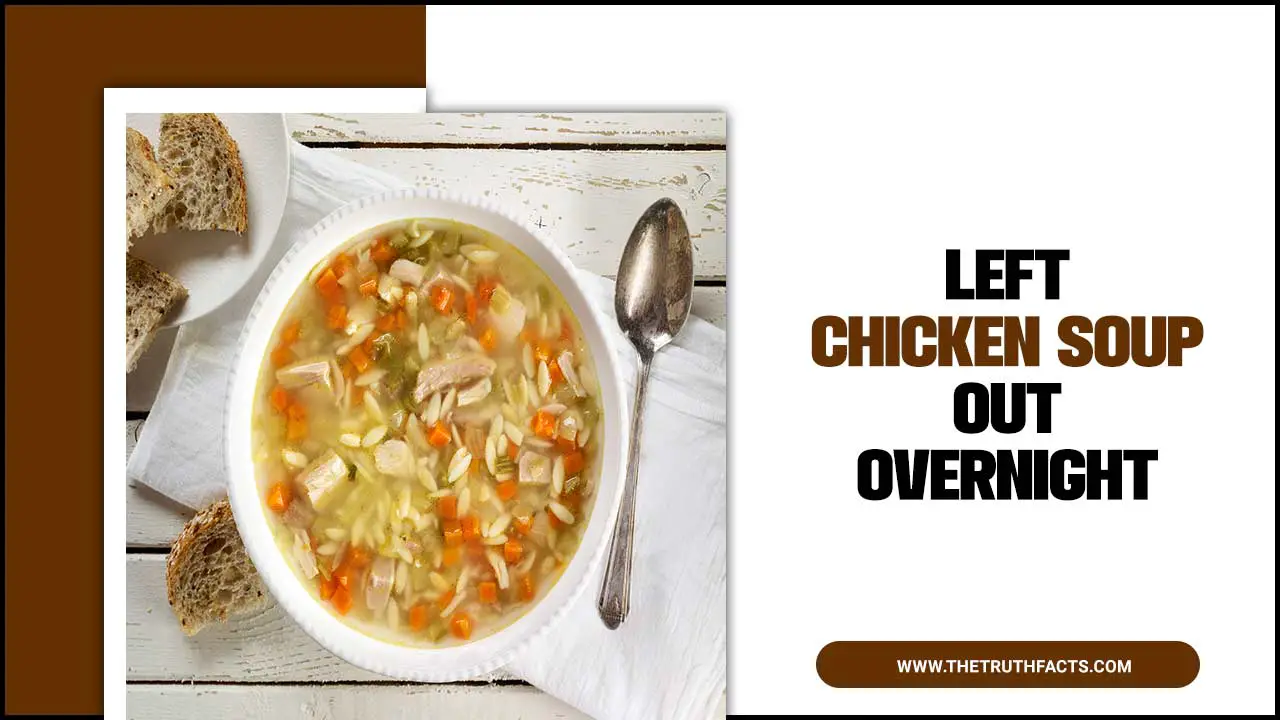Intermittent fasting on flights can be an effortless way to make your travel smoother and achieve proven results, helping to mitigate jet lag and maintain your eating schedule.
Traveling can sometimes feel like a challenge, especially when it comes to sticking to your health goals. Imagine arriving at your destination feeling refreshed and on track, rather than groggy and off-kilter. Many people find that their usual routines, like intermittent fasting, get disrupted when they’re in the air. This often leads to frustration and a feeling of having to start all over again. But what if there was a way to actually use your flight time to your advantage? This guide will walk you through how to navigate intermittent fasting while flying, making your journey more enjoyable and your results more consistent. Get ready to transform your travel experience!
Why Intermittent Fasting on Flights? A Traveler’s Secret Weapon
You’ve probably heard about intermittent fasting (IF) for its benefits like weight management, improved metabolism, and clearer thinking. But did you know it can be a game-changer for travel, especially on long flights? Think about it: confinement in an airplane cabin, strange eating times, and the dreaded jet lag. IF offers a unique solution to these common travel woes.
When you fast during a flight, you’re essentially syncing your body’s internal clock with your destination’s time zone. This simple strategy can significantly reduce the effects of jet lag. By controlling your eating window, you signal to your body when it’s time to be awake and alert, even if your stomach might be telling you otherwise due to the time difference. This proactive approach can make your arrival so much smoother, allowing you to jump right into your vacation or business trip without that usual sluggish feeling.
Moreover, IF on flights can help manage appetite and reduce the temptation to indulge in less-than-healthy airplane food. Focusing on your fasting window can keep you in control of your nutrition, making it easier to stick to your health goals even when surrounded by convenience. We’re going to explore exactly how you can implement this effectively.
Understanding the Basics of Intermittent Fasting
Before we dive into flights, let’s quickly get on the same page about intermittent fasting. It’s not a diet in the traditional sense of “what” you eat, but rather “when” you eat. It involves cycling between periods of voluntary fasting and non-fasting over a defined period. This eating pattern is designed to leverage your body’s natural metabolic processes.
The most popular IF methods include:
- The 16/8 Method: This is the most common approach. You fast for 16 hours each day and restrict your eating to an 8-hour window. For example, you might eat between 12 PM and 8 PM and fast from 8 PM until 12 PM the next day.
- The 5:2 Diet: With this method, you eat normally for five days of the week and restrict your calorie intake to about 500–600 calories on two non-consecutive days.
- Eat-Stop-Eat: This involves a 24-hour fast once or twice a week. For instance, you might finish dinner on Monday and not eat again until dinner on Tuesday.
The beauty of IF lies in its flexibility. It allows you to choose a pattern that best fits your lifestyle. When you consistently follow an IF schedule, your body becomes more efficient at burning fat for energy. It can also lead to improvements in insulin sensitivity and cellular repair processes, such as autophagy, which is crucial for overall health. For more scientific insights into the benefits of intermittent fasting, you can explore resources from institutions like the National Institutes of Health (NIH).
Jet Lag and How IF Helps You Beat It
Jet lag is that unpleasant feeling you get when your body’s internal clock, also known as your circadian rhythm, is out of sync with your new time zone. This can lead to fatigue, insomnia, digestive issues, and general malaise. Flying across multiple time zones disrupts your natural sleep-wake cycle, often making you feel tired during your destination’s daytime and awake at night.
Intermittent fasting can be a powerful ally against jet lag because it helps to reset your circadian rhythm. Your eating times are a significant cue for your body’s internal clock. By aligning your eating window with the meal times at your destination, you send strong signals to your brain about when it’s day and when it’s night.
For example, if you land in a new city where it’s lunchtime, and you can comfortably start your eating window then, you’re telling your body, “This is the start of the active period.” Conversely, if you’re fasting and it’s nighttime at your destination, you’re reinforcing the signal that it’s time to rest and sleep. This external cue helps your internal clock adjust more quickly than relying solely on sleep patterns, which can be harder to control in unfamiliar surroundings.
Research from institutions like the National Sleep Foundation highlights the critical role of timely cues in regulating circadian rhythms. By strategically using IF, you are essentially leveraging your meal timing as a powerful, consistent cue.
Preparing for Your Flight with IF
Successful intermittent fasting on flights starts before you even get to the airport. A little preparation goes a long way in ensuring a smooth and effective fasting experience mid-air.
Choosing Your IF Method for Travel
The 16/8 method is often the easiest to adapt for air travel. It allows for a manageable fasting period and a defined eating window. If your flight falls within your fasting window, you simply continue fasting. If it falls within your eating window, you can plan your meals accordingly.
Consider your flight duration and departure/arrival times relative to your typical IF schedule. The goal is usually to align your eating window with the destination’s schedule as much as possible, especially upon arrival.
Pre-flight Hydration is Key
Staying well-hydrated is crucial when fasting and especially during air travel. Dehydration can exacerbate fatigue and make you feel worse. Drink plenty of water in the days leading up to your flight and while you’re at the airport and on the plane.
Water, herbal teas (without sugar or milk), and black coffee or tea are excellent choices during your fasting window. Avoid sugary drinks, as they can disrupt your fasting state and aren’t ideal for hydration.
Meal Planning for Your Eating Window
If your flight aligns with your eating window, plan your meals carefully. Opt for nutrient-dense foods that will keep you feeling full and satisfied. Think lean proteins, healthy fats, and complex carbohydrates. Airplane meals can be notoriously high in sodium and processed ingredients, so bringing your own snacks or meal is often a much healthier choice.
If you’ll be fasting during your flight, resist the urge to “pre-celebrate” with a large meal before boarding if it pushes you into a calorie surplus or unhealthy food choices. Stick to your established eating schedule.
Navigating Airport Security
If you plan to bring your own food or drinks (for your eating window), remember TSA rules. Liquids, including smoothies or pre-made soups, are subject to the 3.4-ounce rule unless they are medically necessary. Solid food items are generally fine. It’s always a good idea to check the TSA website for the most up-to-date regulations for the country you’re flying from and to.
Implementing IF During Your Flight
Once you’re on board, the real strategy kicks in. This is where you actively apply your intermittent fasting plan to benefit your travel experience.
If Your Flight Falls Within Your Fasting Period
This is often the easiest scenario for IF travelers! Simply continue your fast as planned. Focus on staying hydrated with water or plain herbal tea. The recycled cabin air can be drying, so sipping water consistently is vital. Some people find that closing their eyes and resting during the flight mimics the “fasting” state and can be quite restorative.
Pro-Tip: Use the flight time to your advantage for a longer fasting window. If your flight is overnight, you might be naturally fasting for a significant portion of it, which can be a great way to extend your fast uninterrupted.
If Your Flight Falls Within Your Eating Window
If your flight is during your designated eating period, be strategic. Many airlines offer meals, but they might not align with your health goals or IF schedule. Consider these options:
- Pack Your Own Food: This gives you complete control. Pack meals and snacks that are nutrient-dense, satisfying, and easy to eat on a plane. Think a hearty salad with grilled chicken, a quinoa bowl, or a substantial wrap.
- Choose Wisely from Airline Meals: If you must eat the airline’s offering, scan for healthier options. Look for protein (chicken, fish) and vegetables. Avoid fried foods, creamy sauces, and excessive bread. You can also ask for specific dietary meals when booking, though they may not always be strictly “IF-friendly.”
- Time Your Meals: If you have a long flight with multiple meal services, you can strategically choose when to eat to best fit your eating window. For example, if your window is 12 PM to 8 PM, and the flight spans this, perhaps you eat a lighter “lunch” soon after boarding and a more substantial “dinner” a few hours later.
Hydration Strategy Onboard
Regardless of whether you are fasting or eating, hydration is paramount on an airplane. The cabin air is extremely dry, typically around 10-20% humidity, compared to the 40-60% you’re used to on the ground. This can lead to dehydration, which can worsen fatigue and discomfort.
Recommended Hydration:
- Water: Aim for at least 8 ounces of water per hour of flight.
- Herbal Teas: Naturally caffeine-free and hydrating.
- Avoid: Sugary sodas, excessive caffeine (which can dehydrate), and alcohol (which dehydrates and disrupts sleep).
Bring an empty reusable water bottle through security and fill it up at water fountains. Requesting water from the flight attendants is also a good option.
Managing Cravings and Boredom Eating
Airplane environments can trigger cravings. Being confined with limited distractions can lead to boredom eating. If you’re fasting, sipping water, chewing sugar-free gum, or engaging in a calming activity can help. If you’re in your eating window, opt for whole foods that provide sustained energy and satisfaction, rather than quick sugary fixes.
Sample IF Flight Schedule Options
Let’s look at a couple of scenarios to illustrate how you might handle intermittent fasting on a flight.
Scenario 1: Fasting Flight (e.g., Overnight Flight, 8 PM Departure, 4 AM Arrival)
Your usual IF: 16/8, eating window 12 PM – 8 PM.
Pre-flight (11 AM): Have your last meal. Ensure it is satisfying and nutritious.
At the Airport (5 PM): Stay hydrated with water. Avoid snacking.
On the Plane (8 PM Departure): Start your 16-hour fast. Drink water. Try to sleep.
During the flight: Continue drinking water. Resist the urge to eat airplane snacks.
Arrival (4 AM): If your eating window (12 PM) is still far away, continue fasting and drinking water. You can delay your first meal until a reasonable time at your destination (e.g., 9 AM or 10 AM, depending on your new schedule) to help reset your clock. If 12 PM is approaching, have your first meal then.
Scenario 2: Eating Window Flight (e.g., Daytime Flight, 10 AM Departure, 2 PM Arrival)
Your usual IF: 16/8, eating window 10 AM – 6 PM.
Pre-flight (9 AM): Have a light, nutrient-dense breakfast or snack to start your eating window.
On the Plane (10 AM Departure): Begin your eating window. You might have a small meal or snack now.
Mid-flight (1 PM): Have your main “lunch” meal. This could be a packed meal or a selected airline meal. Focus on protein and fiber.
During the flight: Stay hydrated. Ensure your meals fall within your 10 AM – 6 PM window.
Arrival (2 PM): You are still within your eating window. Continue with a healthy snack or meal if needed, or maintain this window until 6 PM at your destination. This reinforces your schedule immediately.
Post-Flight Transition Back to IF
The work isn’t over once you land. Transitioning back to your regular IF schedule helps solidify the benefits and further combat jet lag.
Aligning with Destination Time
The most critical step is to immediately adopt your destination’s meal and fasting times. If you typically start your eating window at 12 PM in your home country, and it’s already 3 PM when you arrive, try to have your first meal within the next couple of hours if possible, or adjust your window to align better with the local day-night cycle. If you land at night and it’s time to fast, great! If you land during your eating window, eat something healthy that signals the start of your ‘day’.
Prioritize Sleep Hygiene
Even with IF helping your circadian rhythm, good sleep hygiene is essential. Try to get exposure to natural light at your destination during the day and avoid bright screens before bed. If you’re fasting on an empty stomach and it’s nighttime, this can sometimes aid in falling asleep faster.
Listen to Your Body
After a flight, your body has been through a lot. While it’s good to be consistent with your IF, don’t be afraid to make minor adjustments if you feel extremely fatigued or unwell. Perhaps extend your fasting window a little longer or eat a slightly smaller meal if that feels better. The goal is to feel good and make progress, not to rigidly adhere to a schedule that causes distress.
Resume Your Regular IF Routine
Within a day or two, you should be able to fully resume your normal intermittent fasting schedule. By using your flight wisely, you can often find that you’ve actually maintained momentum rather than lost it. This can be incredibly motivating!
Benefits of IF on Flights: A Quick Recap
Intermittent fasting on flights offers a compelling array of advantages that can transform your travel experience. By strategically applying IF principles, you can significantly enhance your journeys and return home feeling more accomplished with your health goals. Here’s a summary of the key benefits:
| Benefit | Description |
|---|---|
| Jet Lag Reduction | Helps reset your circadian rhythm by aligning meal cues with destination time zones, leading to quicker adjustment and less fatigue. |
| Improved Digestion |








